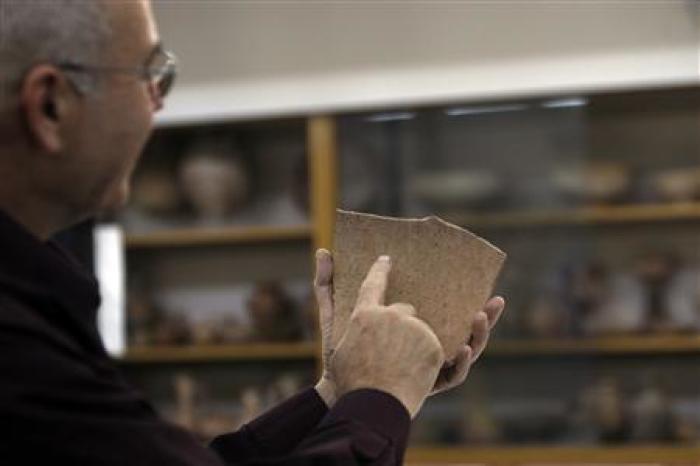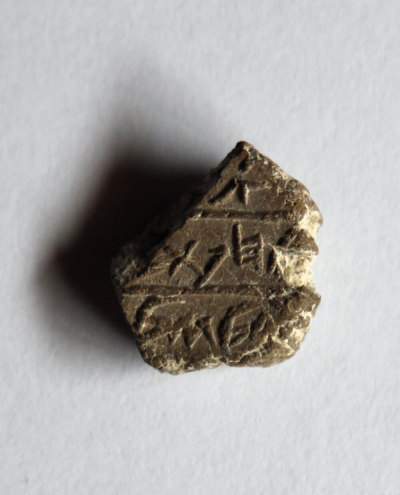Bible Written Earlier Than Previously Believed? 2,500-Y-O Archaeological Discovery Reveals New Insights

Parts of the Bible from the Old Testament could have been written earlier than scholars previously thought, a discovery relating to a handwriting analysis of a text on pottery shards has suggested.
Researchers from Israel's Tel Aviv University posted their findings Monday in the Proceedings of the National Academy of Sciences, where they revealed that 600 BCE pottery from the Arad citadel suggested that not only the elites in society were able to read.
Israel Finkelstein, an archaeologist and biblical scholar at Tel Aviv University in Israel, said the handwritten analysis represents new information about the people in the ancient kingdom of Judah.
"We're dealing with really low-level soldiers in a remote place who can write," Finkelstein told Live Science. "So there must have been some sort of educational system in Judah at that time."

Finkelstein explained that the significance of this discovery is that it shows the kingdom had the intellectual resources to write and compile parts of the Old Testament during this period.
Haaretz noted that there is scholarly dispute about precisely when the different writings of the Old Testament were composed, with one key question being whether the oldest books were made before or after the destruction of Judah and its capital Jerusalem in 586 BCE.
"There's a heated discussion regarding the timing of the composition of a critical mass of biblical texts, but to answer this, one must ask a broader question: What were the literacy rates in Judah at the end of the First Temple period? And what were the literacy rates later on?" Finkelstein added.
The research, carried out by a team of archaeologists, physicists, and mathematicians, used specific imaging tools and algorithms to photograph, digitize and analyze pieces of pottery that were initially discovered in the 1960s in the ruins of the Arad stronghold.
The inscriptions contain information about troop movements and distributions of provisions that were addressed to the fort's quartermaster, Eliashiv.
Barak Sober, one of the mathematicians on the team, explained details about the process: "We designed an algorithm to distinguish between different authors, then composed a statistical mechanism to assess our findings. ... Through probability analysis, we eliminated the likelihood that the texts were written by a single author."
A significant find was that a sample of 16 potsherds was written by at least six different hands, which suggests that literacy was widespread in Judah's army.
Physicist Eliezer Piasetzky said while it was hard to tell the exact percentage of people in the kingdom who could read and write, the pottery shows that it trickled down to some of the lower levels of society.
"We found indirect evidence of the existence of an educational infrastructure, which could have enabled the composition of biblical texts," Piasetzky suggested. "Literacy existed at all levels of the administrative, military and priestly systems of Judah. Reading and writing were not limited to a tiny elite."
Finkelstein added: "Following the fall of Judah, there was a large gap in production of Hebrew inscriptions until the second century BCE, the next period with evidence for widespread literacy. This reduces the odds for a compilation of substantial biblical literature in Jerusalem between ca. 586 and 200 BCE."
Still, some scholars remain skeptical.
"There is no such thing as consensus in biblical studies these days," said professor Edward Greenstein of Bar-Ilan University near Tel Aviv, according to The New York Times. "The process of transmission was much more complicated than scholars used to think."
The full report can be read on the PNAS website.





























